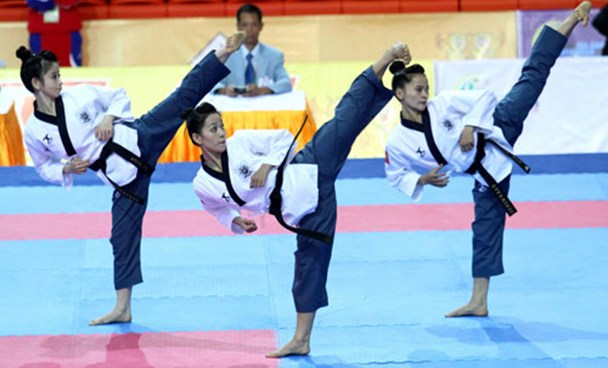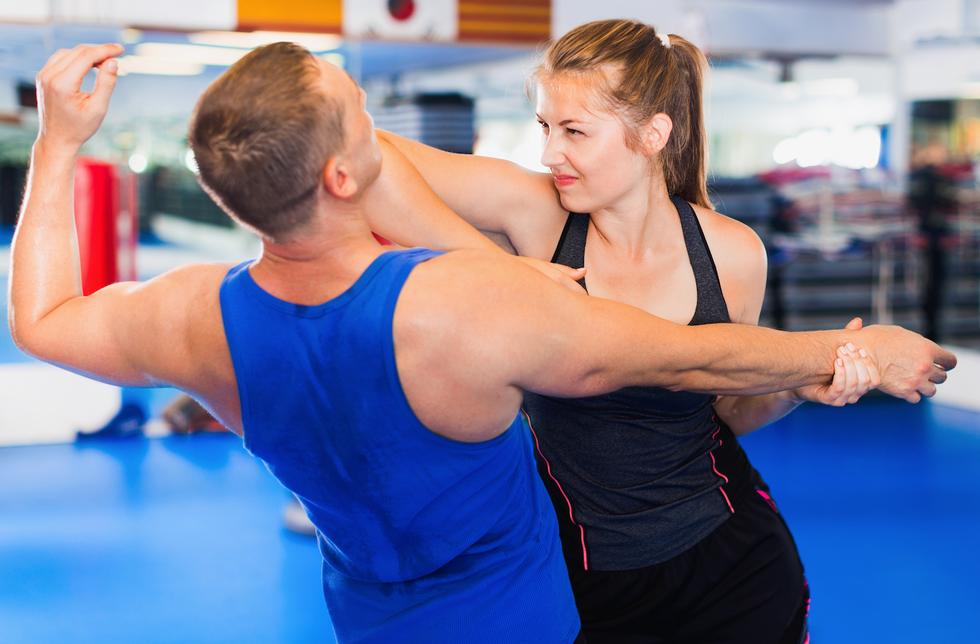
Knife covers prevent knives from being scratched by other kitchen tools, which can cause dulling of their edges. They make it easy to get your knives whenever you need them. They come in many sizes and can fit most knife brands. They can be stored and transported easily, making them an essential tool for avid cooks.
Protective knife
You need to protect your knives from harm, whether you store them in a drawer or take them on a trip. There are many knife covers available, both made of hard plastic or softer materials. These versatile covers can hold a wide range of knives such as chefs knives, paring knives serrated knives and cleavers.
These universal knife covers slide easily over your knives and are ideal for keeping them safe. They're also very convenient because you can slide a knife easily over its blade while you're cooking and don't require it.

knife edge guards
A knife edge guard will keep your blade in top shape if it's a well-made, sharp blade. You can choose from a range of styles, and they are made to protect your knife against cuts, dents, and nicks. They are usually made out of plastic, but they can also be made from leather or nylon. They are often inexpensive and will protect your knife blades against nicks and dents so they stay sharp.
knife edge guards are a great investment for your kitchen knives and can help you avoid expensive repairs or replacements. They are light and easy to clean, so they can be used as many times as needed.
The Mercer Culinary Knife Guard, M33113P is a lightweight, durable material that protects your knife from any external impacts and maintains its top shape. This knife guard is available in a wide array of sizes, so you can choose the best size to match your specific needs.
Sayas for Japanese knives
You might prefer a saya for a Japanese knife to replace a blade guard. Sayas are sheaths that completely cover the blade and fasten it by using a wooden nail to secure it. Although they are more expensive that other types of sheaths in the market, they offer great protection for your blade and help keep it sharp.

This knife sheath is made with high-quality beechwood and can be used to carry your knife safely. It has a curved design that protects the blade against accidental cuts.
Kai Knife Protection Set
The universal knife sheath for this kai knife guard set can fit a wide range of knives, including bread knives. The retention clip is easy-to-open and close.
FAQ
How do beginners do self-defense?
It's not only for those who have been trained by professionals to defend themselves. You should also know how to defend your self when you're alone. To protect yourself against an attack, you should know the basics.
Begin by practicing basic moves like punching and kicking. Next, move on to advanced moves such as grappling and joint lock.
It's always helpful to practice similar things to what you would face in real-life situations. You should try to learn how you can kick someone on a soft surface like a pillow.
So you don't get hurt while practicing. Be careful not to strike anything too hard as you could cause damage.
What are some simple self-defense strategies?
Self-defense techniques include punches, kicks, elbows, knees, head butts, and other strikes. You may also be able to use grappling techniques such as wrestling, judo and jujitsu or karate, taekwondo and karate.
To protect yourself from an attacker trying to harm you, self defense techniques can be used.
They can be used to defend against an attacker.
There are many different ways to practice self-defense. You should choose the one that best suits you.
How do you stay safe even if you can't protect yourself physically?
If you cannot defend yourself physically against an attacker then you should find someone who can.
Sometimes you may need to ask for assistance. It may be necessary to dial 911. You could also die if you do not take action.
You can also contact your local domestic violence shelter. Many shelters offer safety planning classes to teach women how to protect themselves.
Do stun guns hurt people?
No. A stungun works by injecting small amounts of current directly into the skin.
This does not cause permanent damage.
What are some self defense tips for women?
You must be able to quickly react to threats when practicing self-defense. This means that you should be prepared for anything.
Training with a friend is one of the most rewarding things you can do. Partnering with a friend will enable you to practice together, and improve your technique.
Another tip? Practice with something heavy. If you are attacked, it is more likely that you will hit your attacker with a heavy object.
Statistics
- Saying this, Self defense 101 would be the importance of situational awareness, which can never be replaced by the finest of martial arts, because it is this that would help you to avoid any likely attacks in the first place. (worldofselfdefense.com)
- Boxers aren't allowed to fight in a clinch, which is a position that occurs in 80% of the streetfights. (mmaclan.com)
- Verbal harassment was the most common form, but 51 percent of women said they were touched or groped in an unwelcome way, while 27 percent of women survived sexual assault. (healthline.com)
- The Rape, Abuse & Incest National Network reports that 70 percent of sexual violence cases aren't committed by random strangers in a dark alley but by people we know: friends, family, partners, co-workers, etc. (healthline.com)
External Links
How To
How to use your stun gun for self defense
Using a stun gun is the best way to defend yourself from an attacker. Stun guns are not dangerous if used correctly. Stun guns are safe for anyone, even those with a heart condition. They cause temporary paralysis and do not inflict any harm. A stun gun should always be carried on you at all times when you go outside. You can pull the trigger to shoot directly at someone who attempts to attack you. This will stop the attackers dead in their tracks.
Continue reading to learn how to properly use a stun gun to self-defense.
-
Always point the weapon in the direction of the target.
-
Try to reach the chest.
-
Only once pull the trigger.
-
Hold the weapon firmly in both hands.
-
Keep the weapon pointed straight at the target, until the person becomes unconscious.
-
Be quick to get to safety.
-
Never touch the victim after you have pulled the trigger.
-
Use a stun gun only in extremely dangerous situations
-
Do not attempt to disarm an attacker.
-
If you are attacked, call 911 first.
-
Once the attacker has been subdued, call the police.
-
Do not allow the attacker to get close to you again.